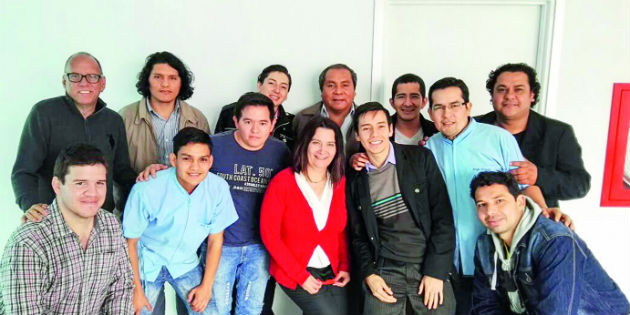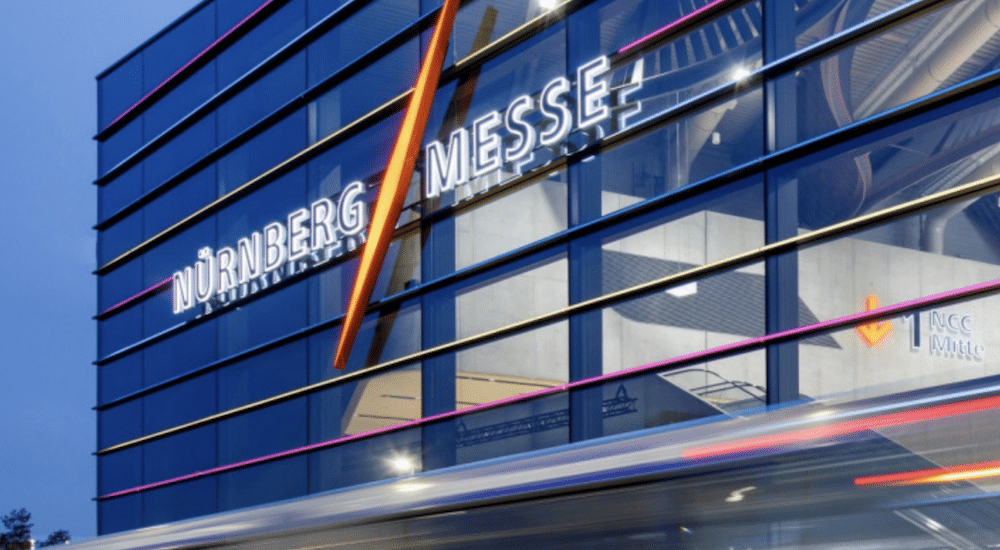Audiology in Peru is a process in development
Country focus
Recent years haveseen the countrytaking steps towardsincreasingly bettercare of its hearing losspatients, with not onlythe government makingan effort, but privatefirms also launchingtheir ideas to treathypoacusic cases.

Although Peru passed its universalneonatal screening programmelaw in 2012, it was notuntil this year that the country’sHealth Ministry (Minsa) openedits first Audiology and NeonatalHearing Screening centre, whichuses three basic procedures todetect deafness in the newborn:hearing screening, evoked potentials,and paediatric audiometry.The health minister himself,Aníbal Velásquez, made theannouncement four monthsago urging other institutions tofollow the example of the Health Ministry’s Madre Niño San Bartoloménational teaching hospital, and get on board and contribute so thatchildren can be rehabilitated, achieve speech, and have better futures.According to the Ministry, more than 7,000 babies can be screenedeach year by this centre.
There is certainly a need for the government to call for active involvementin the initiative. Peru has 532,000 people with hearing loss,according to statistics from the national data body, INEI. Furthermore,some 300 children with congential or acquired deafness will normallyend up being hearing disabled (deaf and mute) due to not beingable to access treatment in time and, therefore, not developing theirlanguage abilities.
Official data suggests that this situation is compounded by theshortage of sign language interpreters in Peru. Stats show that thereonly 20 such specialists recognised by the Peruvian association ofinterpreters (Asisep), and that this may be heightening the country’scurrent need to boost hearing rehabilitation through the use of hearingaids and cochlear implants.
According to the news portal, Terra.com, Peru’s social security system(EsSalud) fitted 130 implants between 2007 and 2012, around 20per year, less than 10 percent of those affected. The same websiterecords that in 2014 the institution invested in a further 250 newimplants for child patients. Today, EsSalud carries out approximately600 newborn screenings per day at a cost of 120 new soles (approx.US$35.50) for each test.
The recent news of the inauguration of a new audiology centreestimated the investment at “350,000 soles (around US$103,550),and it will benefit not just children at this hospital but also around300 babies per month who will be referred to other centres,” pointsout the Minsa press release.This all shows that Peru has for some time been preparing for newdeafness cases amongst the newborn, and efforts have not merelycome from the state, since private enterprises have joined in keenlyin order to improve quality of life for those with hearing disabilities.
Training + treatment: two elements of the same initiative
This is the formula behind the opening of the Hearing and VestibularDiagnosis and Rehabilitation Centre (CDRAV) in Lima, and its aim isto meet several different purposes for different patient groups. “Our administration side is up and running, and we are providing servicesand schemes for hearing professionals; before the end of the year,we will be attending deaf persons and their families directly,” explainsAriel Panduro, manager of the centre, who outlines that a team ofexperts was trained up initially while the focus was fixed on five areas:vestibular problems, prosthetic audiology, electrophysiological tests,paediatric audiology, and rehabilitation.
“Although we are just getting started, we want to become a leadingcentre in Peru, and for this reason we are looking for promotion inscientific publications in audiology, incorporating new hearing careprofessionals, otorhinolaryngologists, and psychologists to carry outresearch studies, and we are going to work hard to be specialists intinnitus,” assures Oxana Panduro, audiologist at CDRAV.
The cochlear implant (CI) waiting time in Peru can be as long asthree years, while requests for hearing aids do not top 3,000 annually,within a population of 532,000 persons, as previously mentioned.Despite this situation, “cochlear implant imports to Peru are growing.In 2015, 132 devices were imported, while the request processsaw 70 implants ordered. This year, CI imports went up by 200, with246 on order, so 46 are still to arrive,” says Ariel Panduro, who alsorevealed that in the last 6 months, 81,838 hearing aids have beenbeen acquired for hearing loss patients in Peru, a stat that shows agreat gap in the hearing aid market.
This fact means that “our plans now include the creation of a cochlearimplant protocol with an aspect especially aimed at the family. InPeru, parents are badly informed,” says Panduro.He explains that the CDRAV will promote the training of parents ofchildren with implants. “There are many late detections of children withhearing loss in Peru, and some of them have received implants late,at advanced ages. We want to support them, bringing them anothertype of rehabilitation that will help them acheive orality, and in thisrespect the parents’ role is fundamental since they will also learnhow to treat their children,” the audiologist explains.
This year, the DCRAV has successfully impartedtraining courses to professionals and technicians,whose updating brought experts from Denmark,Chile, Uruguay, Colombia, and Argentina, coveringsubjects related to vertigo, posturography, andadvanced audiometry testing. These courseshave had support from well-known multinationalcompanies in the hearing field such as Phonak,Widex, Interacoustic, and Sivantos.The CDRAV, therefore, is aware that statistics inPeru show, primarily, the need for fast intervention,rehab programmes, priority treatment forelderly adults, and early detection among children.Despite the huge challenge facing the countryin audiological matters, the CDRAV manager isfacing the initiative bolstered by optimism, andhe assures: “the steps we are taking have got uson the right road.”
Peru – hearing is still short of the mark
Hearing-related data from Peru reveals that there is still a long way to gobefore hearing-disabled persons experience improved quality of life. Forexample, 33.8% of those with hearing difficulties—even hearing aid users—face limitations in carrying out their daily activities. The following revealskey indicators:
- 27.412.157 – Official population (2007 census)
- 260.873 – People with permanent communication limitations
- 260.873 – 6,2% – Households with at least one hearing-impaired person
- 1,8% – People who cannot hear, not even with hearing aids
- 0,9% – Peruvians with speech difficulties
- 89,8% – Persons with problems in maintaining fluid conversation
- 84,1% – Cannot pronounce and sound words correctly
- 82,9% – Difficulties in conversing at length in a loud voice
- 63,1% – Cannot speak or use an alternative language
- 95,9% – Difficulty in hearing sounds at low volume
- 46,6% – Cannot hear or understand conversations
- 14,4% – Difficulty in hearing sounds at high volume
Source: First Specific National Survey on Disability 2012. National Institute ofStatistics and Computer data. Lima, march 2014
Read the article in Spanish on Audioenportada, the website for hearing care professionals in Spain and Latin America


